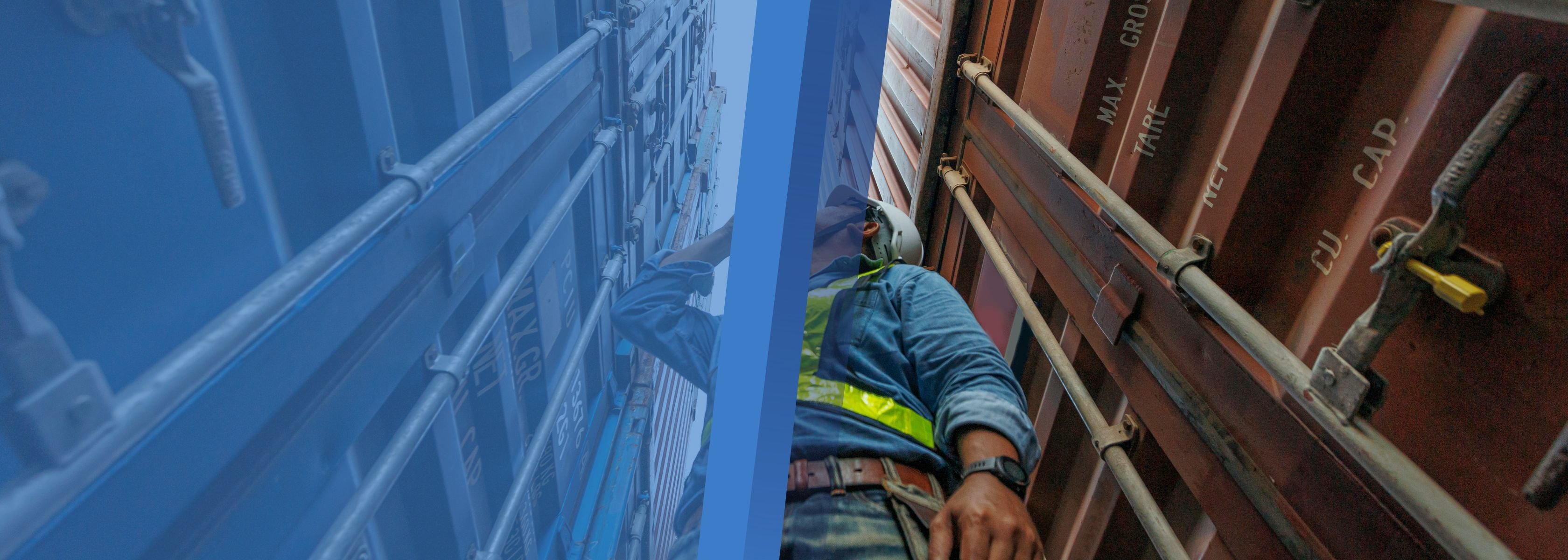Market Updates
Property and Casualty
In the first half of 2023, higher education institutions faced the following challenges, which pushed universities to reassess their risk management framework:
- Natural disasters such as hurricanes, wildfires, and floods led to significant losses. These events disrupted campus operations, infrastructure, and student wellbeing, necessitating comprehensive risk mitigation and disaster response strategies.
- Universities grappled with supply chain constraints, which affected the procurement of goods, services, and technology necessary for smooth operations.
- Evolving regulations, including requirements related to student health insurance, cybersecurity, and data privacy prompted institutions to adapt protocols. Noncompliance can result in significant penalties.

- Inflation — As inflation rates reached their highest levels in 40 years, 2023 saw the Federal Reserve raise interest rates eleven times. The insurance industry wasn't immune. As central banks hiked rates to counterbalance inflation, insurers and reinsurers' balance sheets turned red.
- While property casualty price hikes were among the drivers pumping up premium volume and sending insurance carrier consolidated surplus over the $1 trillion mark for the first time, inflation is driving loss costs even higher and faster, undermining underwriting profitability. United Educators has reported a third straight year with a combined ratio over 100%, largely attributed to social inflation and nuclear verdicts. Combined with rising reinsurance rates, this trend continues to impact underwriters’ perception of rate adequacy and underwriting profitability.
- Claim Costs — From 2016 to 2022, insurance companies experienced average claim cost doubling for primary general liability and educators’ legal liability. Defense costs contribute significantly to increasing claims costs as do larger awards and settlements. The number of publicly reported awards or settlements of at least $250,000 has risen each year, exceeding 75 in 2022. The trend offers a grim reminder how social inflation impacts education claims, with escalation of settlements and defense cost.
- Sexual abuse/molestation claims have increased in frequency and severity. Claims data indicates sexual misconduct losses have grown three times faster than all other claim types over the past 15 years.
- Reverse Title IX Suits — Issues of student sexual misconduct on college campuses continues to be of great concern for universities nationwide. Even when an institution has implemented thoughtfully constructed grievance procedures, it may have to defend a Title IX reverse discrimination claim brought by a student who was disciplined by the university. As of April 2023, the 2020 guidance remains in place, while the U.S. President administration works to amend these regulations. The Clear and Convincing Evidence standard, where the evidence must show that the allegations are highly or substantially more likely to be true than not, remains in place.
Student Health
Student wellbeing continues to be a top priority as universities grapple with managing healthcare costs. According to RSE’s 2023 Benchmark survey, three-quarters of participating institutions offer wellness programs focusing on behavioral health services. Educational institutions seek to provide comprehensive care within limited budgets. In the past year, schools have explored alternative financing, such as self-funding and captives, to control costs and enhance risk management. Universities continue to adopt cost-effective healthcare solutions like telehealth.
Coverage Considerations
Property and Casualty
- In 2023, wildfires, heatwaves, and storms resulted in substantial losses in higher education institutions. Carriers prefer insuring properties in areas with less risk of extreme weather events. So, institutions outside catastrophe (CAT) zones are seeing more favorable terms and pricing.
- During the underwriting and renewal process, carriers want to see that institutions have proactive investment in risk improvement and management. Demonstrating a commitment to minimizing losses can lead to lower premium increases and an easier renewal process.
- Competitively marketing management liability may yield potential premium savings of 10% to 15%.
- Due to the volatile cybersecurity landscape, insurers now expect all institutions to apply measures like penetration testing, multi-factor authentication, and employee training.
Many schools struggle to place adequate coverage within their liability programs for both abuse and traumatic brain injury (“TBI”). However, there are important differences based on size, geography, and type of school. Here are some of the many factors insurers consider in the underwriting process:
- Contact sports: Institutions without football, hockey, and lacrosse programs do not generally face the same concerns about TBI within their excess liability programs.
- Emergency services: Having a university-specific security or police force can have a positive effect on their insurance profile.
- Parties: Schools with fraternities and sororities face stricter underwriting criteria, especially related to potential abuse claims.
- Transportation: Urban schools with multi-passenger shuttles experience higher auto rates compared to universities in more rural settings that do not have those types of vehicles.
Rate Forecast |
||
| Education - Student Health: | Flat to +5% | |
| Education - Property: | See Property | |
| Education - Management Liability: | Flat to -5%* | |
| Education - Cyber: | Flat to -10%** | |
| Education - Casualty - Auto: | +5% to +20% | |
| Education - Casualty - Workers' Compensation: | Flat to +5% | |
| Education - Casualty - General Liability: | +1% to +10% | |
| Education - Casualty - Umbrella: | +1% to +20% | |
|
*For well managed programs. Poorly managed may see increases up to 10%. |
||
The projected rate changes are general guidelines. It is important to consider the many factors that your specific institution faces. Insurers continue to seek higher rate increases and coverage limitations where exposures exist and mitigation is subpar.
Captives, consortiums, and other alternative risk financing options continue to grow in popularity as universities seek more control over their risk financing. These options may provide more tailored and cost-effective coverage.
Student Health
Student health insurance rate increases have been consistent, tracking around a 5% increase for the past three years. When determining pricing, carriers remain focused on the following:
- The number of students enrolled in the plan: Higher enrollment may help distribute costs, leading to lower rate increases.
- Enrollment Mix: A high percentage of international vs domestic students is a favorable underwriting factor as international students tend to be lower utilizers of health coverage.
- The overall health and medical history of enrolled students: A favorable risk profile involves a healthier student population with fewer expected claims.
- Effective cost management practices: These can include negotiations with healthcare providers and offering cost-effective services like telehealth.
- Claims Reporting: Understanding claim utilization can help monitor costs and trend drivers. The RSE survey indicated that 1 in 7 institutions considered data driven decisions a priority.
Risk Strategies is concerned about coverage consistency. Variations in terms, benefits, and pricing across different states makes it harder to achieve coverage equity for students.
Recommendations
To navigate the complex insurance landscape in the coming months:
- Conduct a thorough assessment of risks across property, casualty, and student health. Identify vulnerabilities and opportunities for improvement and develop risk management strategies that align with institutional goals.
- Work with a third-party appraiser and/or broker to make sure property values are accurate before heading into the underwriting process. Carriers will sometimes share the cost of an appraisal. Your broker can also provide access to trusted data sources that support real-time property value estimates.
- Prioritize student wellbeing as a core component of insurance coverage. Seek insurance plans that offer comprehensive mental health support to ensure academic success and overall wellness. As a plan fiduciary, conduct a regular assessment of your health plan vendors to ensure the most favorable benefits and rates.
- Establish cross-functional teams involving risk management, finance, student affairs, and other relevant stakeholders. Collaborative efforts yield comprehensive risk management solutions.
Explore the Report
The contents of this report are for general informational purposes only and Risk Strategies Company makes no representation or warranty of any kind, express or implied, regarding the accuracy or completeness of any information contained herein. Any recommendations contained herein are intended to provide insight based on currently available information for consideration and should be vetted against applicable legal and business needs before application to a specific client.








